
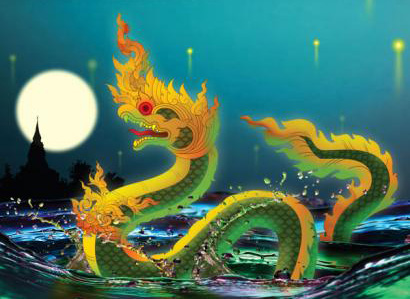

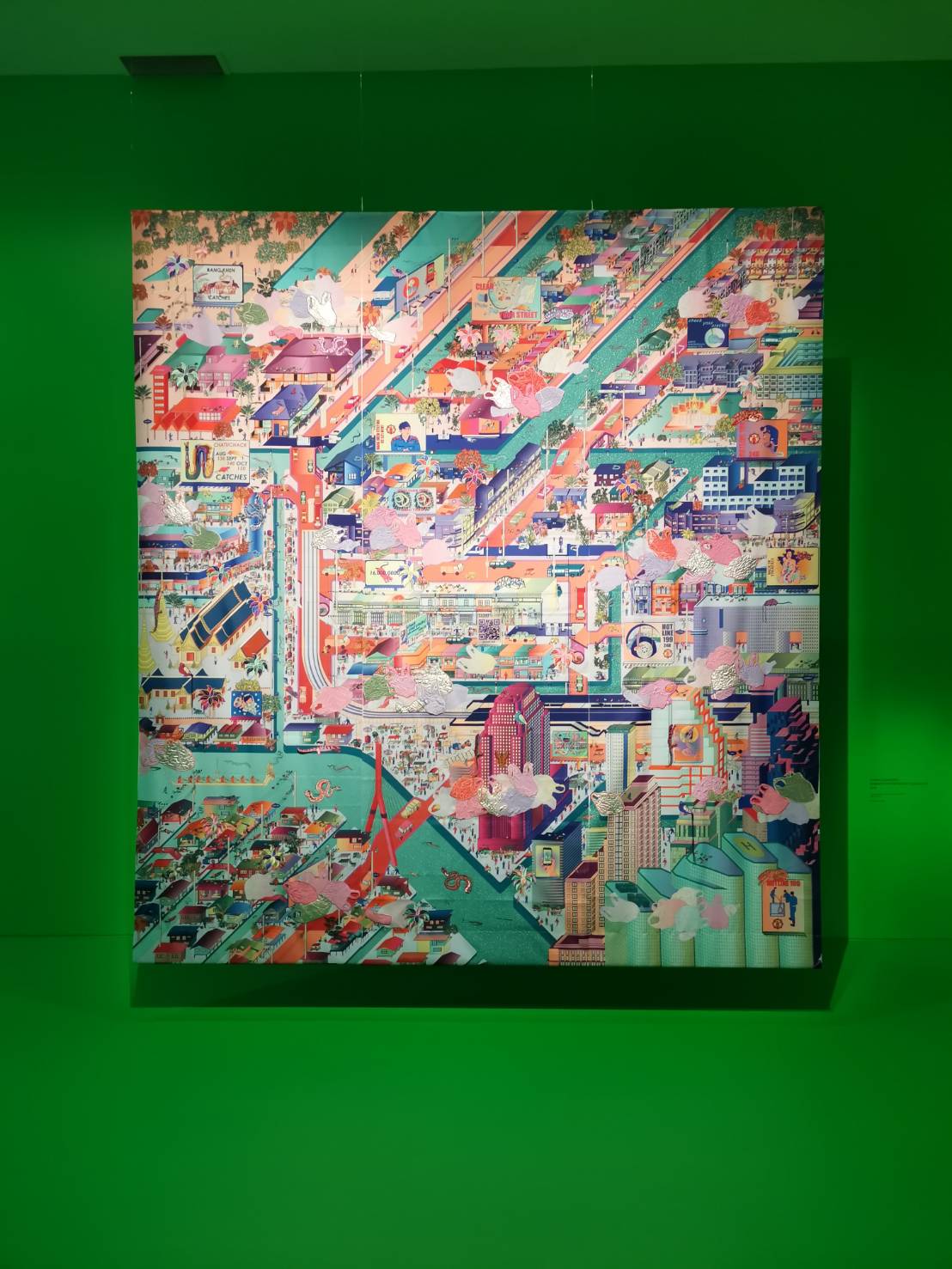
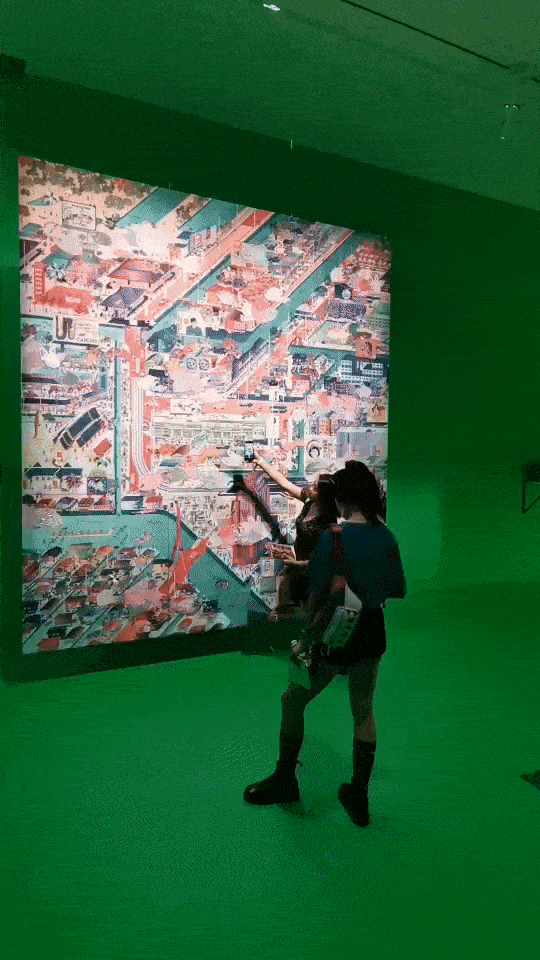
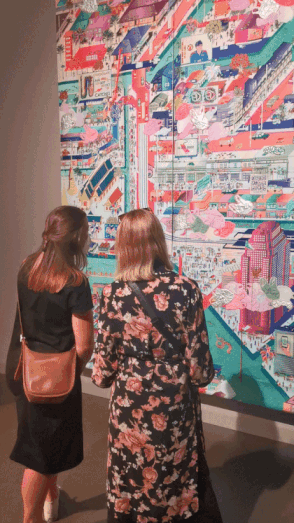
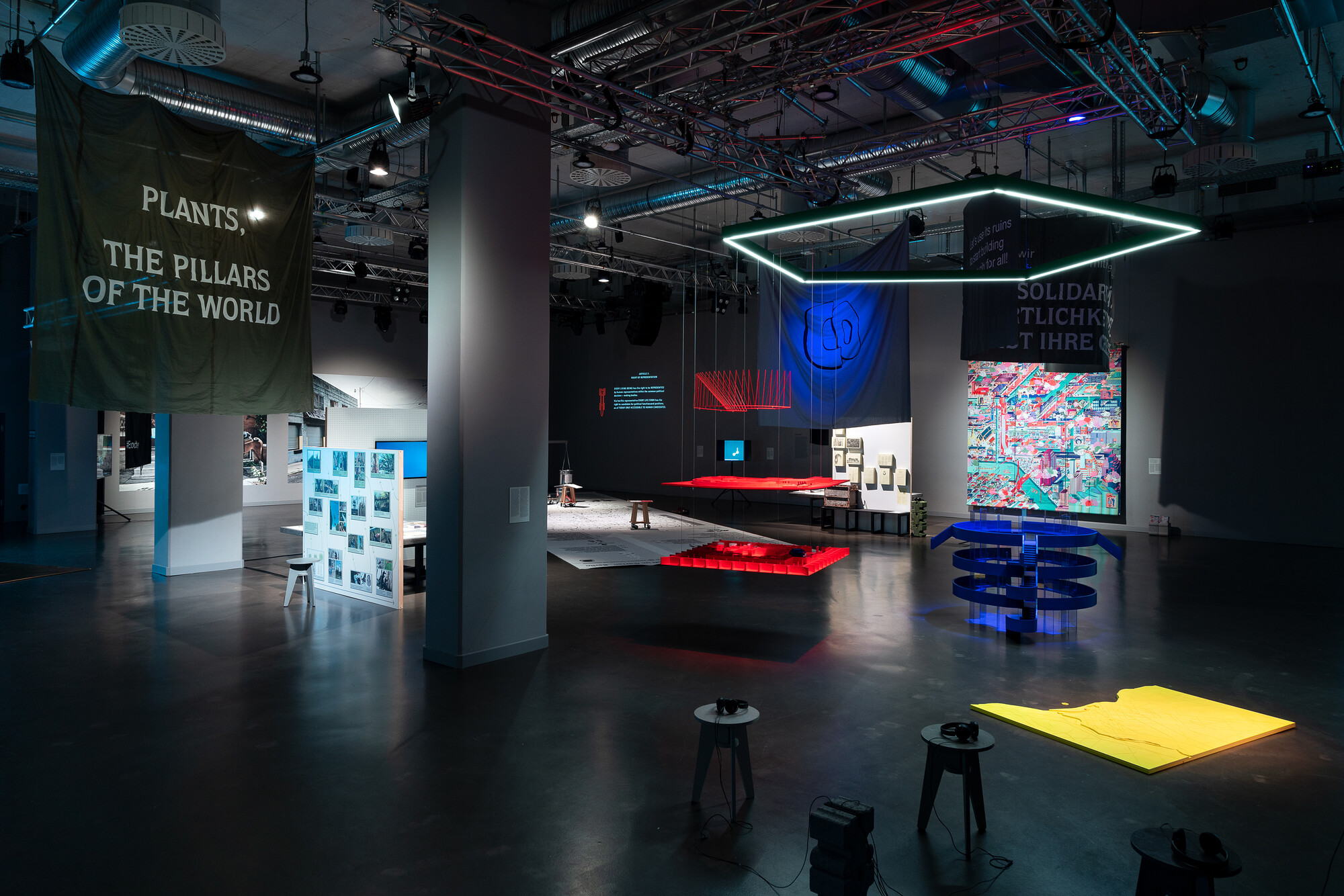
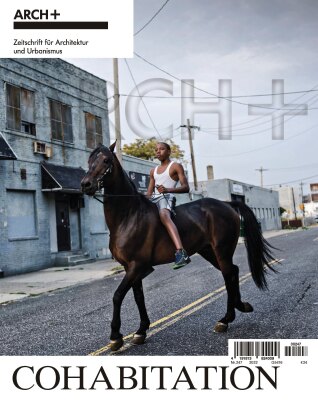

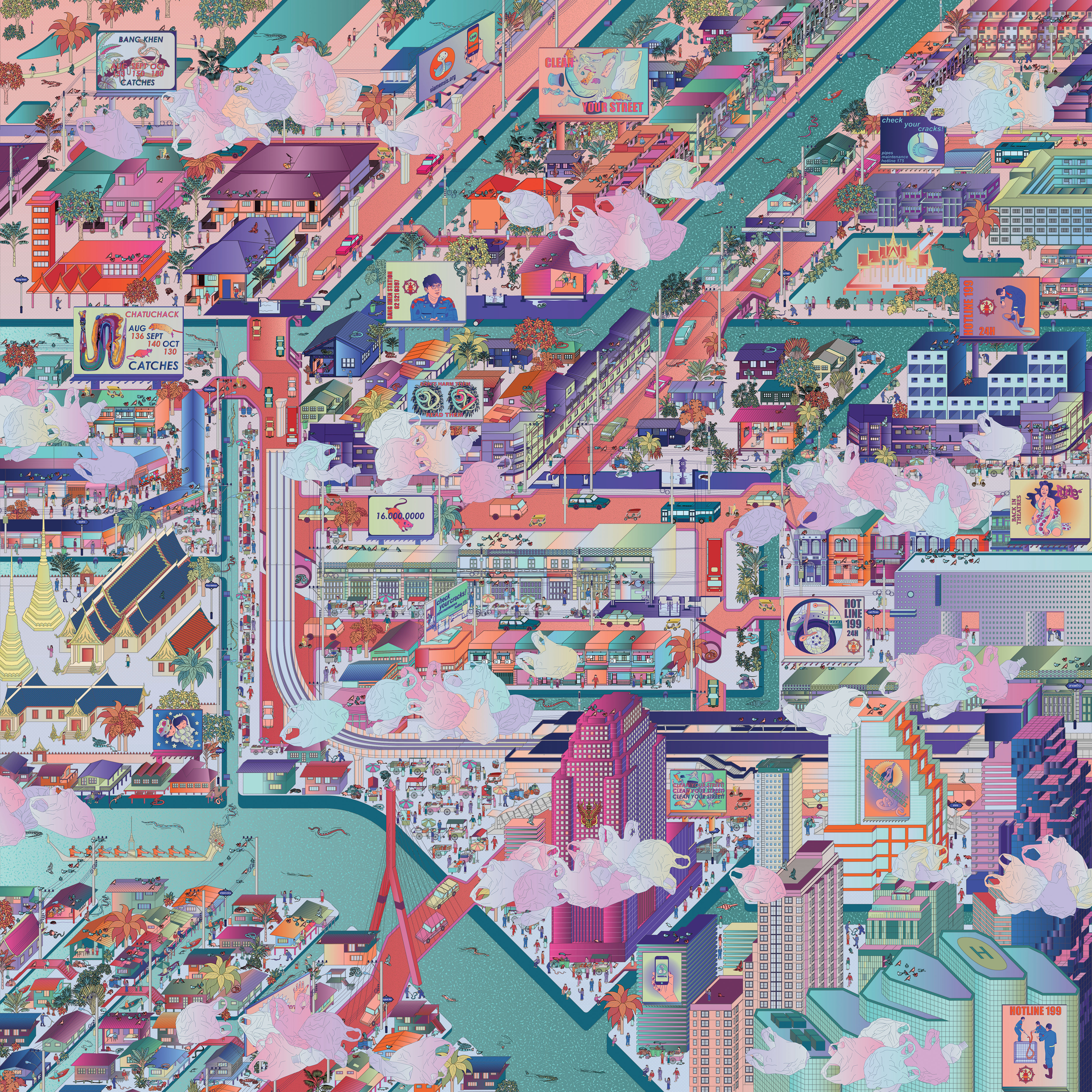





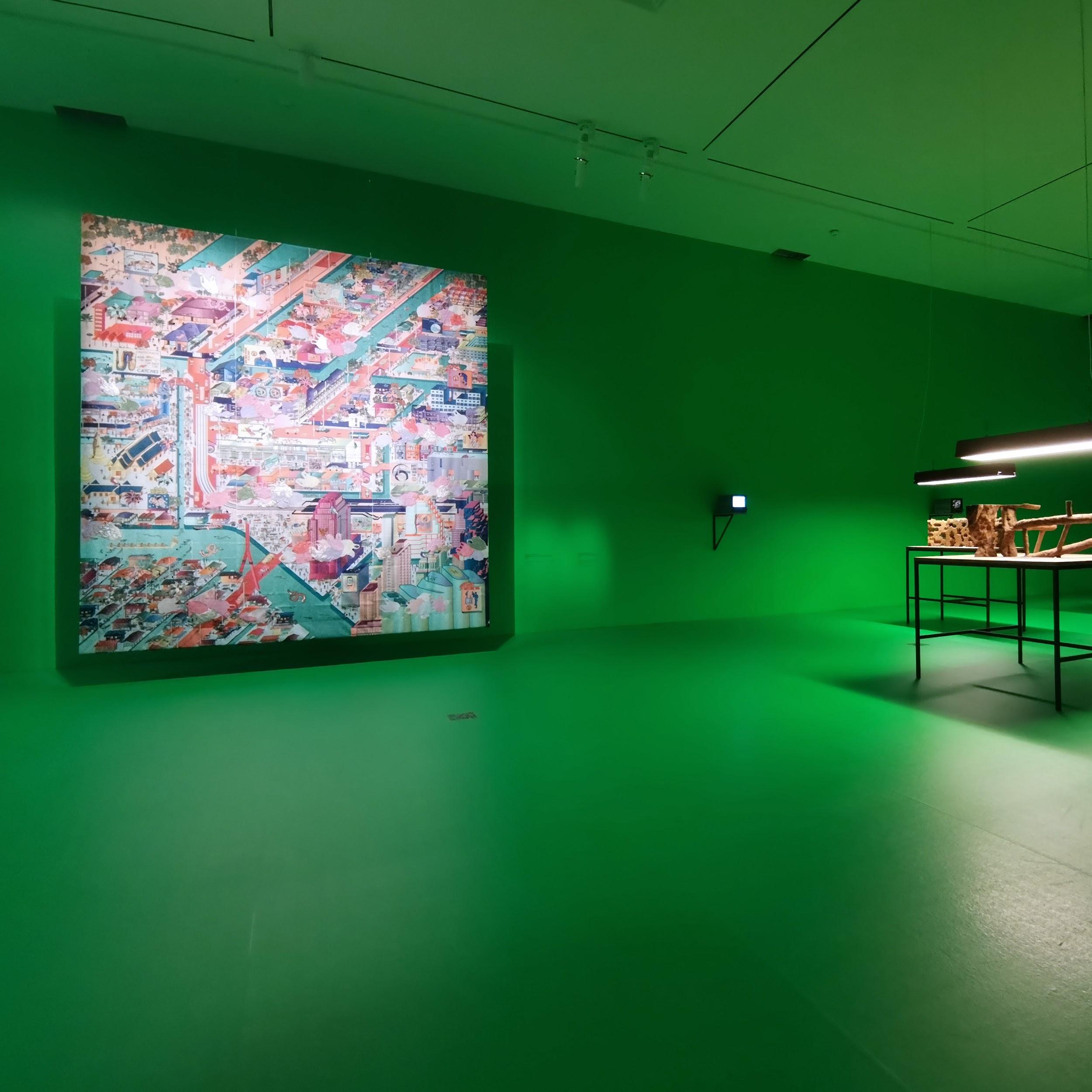
Bangkok Opportunistic Ecologies
Location: Bangkok/Singapore
Type: Research/Installation
at CCA NTU Singapore - The Posthuman City. Climates. Habitats. Environments
http://ntu.ccasingapore.org/exhibitions/climates-habitats-environment/
subsequently exhibited at -Cohabitation: A Manifesto for the Solidarity of Non-Humans and Humans in Urban Space - Silent Green, Berlin
Status: Completed
Year: 2019
Collaboration: Dew Tikumporn Panichakan , Pinn Phunnara Prachuabmoh, Matteo Marabelli
Location: Bangkok/Singapore
Type: Research/Installation
at CCA NTU Singapore - The Posthuman City. Climates. Habitats. Environments
http://ntu.ccasingapore.org/exhibitions/climates-habitats-environment/
subsequently exhibited at -Cohabitation: A Manifesto for the Solidarity of Non-Humans and Humans in Urban Space - Silent Green, Berlin
Status: Completed
Year: 2019
Collaboration: Dew Tikumporn Panichakan , Pinn Phunnara Prachuabmoh, Matteo Marabelli
Medium: Acrylic fabric with embroideries, 300cm x 300cm
Bangkok Opportunistic Ecologies looks at the urbanity of Bangkok from a non-anthropocentric perspective, through the leading figures of pythons. By mapping the city attuning to snake experiences, the resulting tapestry unveils a story of trash and numbers, interspecies cohabitation, organic and cultural matters, and failing infrastructures, all interlinked and intertwined.
The mapping employs drawing strategies that capture different moments across scales and temporality, to follow the pythons and the many other actors entangled in their assemblage, such as sewerage and rainwater “cracked” pipes and their inadequate acts of maintenance, contaminated canals with their sturdy liveness, fire department experts in catching snakes, organic waste of wet markets, numerology, lottery tickets and popular movies, etc.
Situated fieldwork has led to specific strategies of knowing and noticing, that have been entangled with different modes of telling and representing: while the research has used relational and subjective modes of inquiry, the chosen representation technique has been freely inspired by colour palettes and composition of Thai traditional mural paintings, to perform a process of familiarization of those feral actors and narratives.
What results is a story of connected matters, unmanageable and yet self-solving, conflictive yet mutualistic, violent yet caring.
Bangkok Opportunistic Ecologies looks at the urbanity of Bangkok from a non-anthropocentric perspective, through the leading figures of pythons. By mapping the city attuning to snake experiences, the resulting tapestry unveils a story of trash and numbers, interspecies cohabitation, organic and cultural matters, and failing infrastructures, all interlinked and intertwined.
The mapping employs drawing strategies that capture different moments across scales and temporality, to follow the pythons and the many other actors entangled in their assemblage, such as sewerage and rainwater “cracked” pipes and their inadequate acts of maintenance, contaminated canals with their sturdy liveness, fire department experts in catching snakes, organic waste of wet markets, numerology, lottery tickets and popular movies, etc.
Situated fieldwork has led to specific strategies of knowing and noticing, that have been entangled with different modes of telling and representing: while the research has used relational and subjective modes of inquiry, the chosen representation technique has been freely inspired by colour palettes and composition of Thai traditional mural paintings, to perform a process of familiarization of those feral actors and narratives.
What results is a story of connected matters, unmanageable and yet self-solving, conflictive yet mutualistic, violent yet caring.
